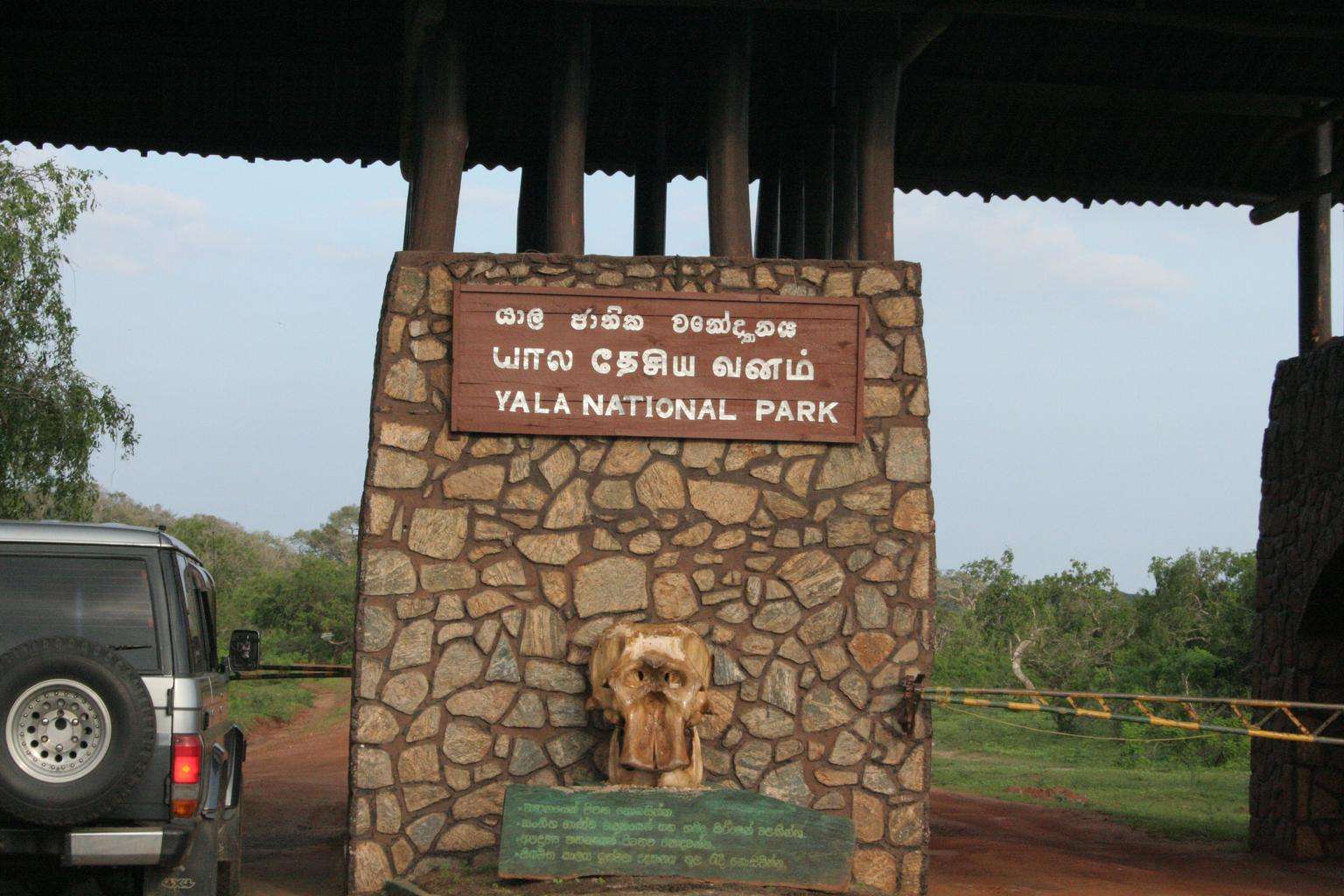Yala National Park, located in the southeastern part of Sri Lanka, is a haven for wildlife enthusiasts and nature lovers. With its stunning landscapes, diverse flora and fauna, and rich cultural heritage, Yala National Park offers a unique and unforgettable experience for visitors. In this article, we will explore the beauty and wonders of Yala National Park, from its breathtaking scenery to its remarkable wildlife, making it a must-visit destination for any nature enthusiast.

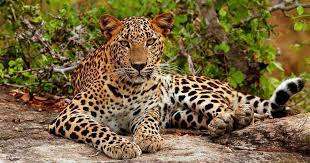

Table of Contents
- Introduction
- Location and History of Yala National Park
- Biodiversity and Wildlife of Yala National Park
- 3.1. Mammals
- 3.2. Birds
- 3.3. Reptiles
- 3.4. Amphibians
- Vegetation and Ecosystems
- Topographical Features
- 5.1. Beaches
- 5.2. Lakes and Lagoons
- 5.3. Scrublands and Jungles
- Best Time to Visit Yala National Park
- Safari Experience in Yala National Park
- Conservation Efforts and Sustainability
- Cultural Significance of Yala National Park
- Nearby Attractions
- Accommodation Options
- Safety Tips for Visitors
- Conclusion
- FAQs (Frequently Asked Questions)
- 14.1. Is Yala National Park open throughout the year?
- 14.2. Can I see leopards in Yala National Park?
- 14.3. Are there any restrictions on photography in the park?
- 14.4. What should I bring on a safari in Yala National Park?
- 14.5. How can I contribute to the conservation of Yala National Park?
Introduction
Yala National Park is the most visited and second-largest national park in Sri Lanka. Spread over an area of approximately 979 square kilometers, it is renowned for its remarkable biodiversity and abundance of wildlife species. The park is divided into five blocks, with two of them open to the public. Its unparalleled natural beauty, coupled with its significant cultural heritage, makes Yala National Park a top choice for both domestic and international tourists.
Location and History of Yala National Park
Yala National Park is situated in the southeastern part of Sri Lanka, spanning across the Monaragala and Hambantota districts. It encompasses a range of ecosystems, including forests, grasslands, lagoons, and sandy beaches. The park has a rich history that dates back to ancient times and has been influenced by various civilizations, including the Sinhalese and the British.
Biodiversity and Wildlife of Yala National Park
Mammals
Yala National Park is renowned for its diverse mammal population, with over 40 species calling the park their home. One of the park’s main attractions is the Sri Lankan leopard, which is considered the highest density leopard population in the world. Other prominent mammals include elephants, sloth bears, sambar deer, spotted deer, wild boars, and water buffalo.
Birds
Bird enthusiasts will be delighted by the variety of avian species found in Yala National Park. With over 200 species of birds, including the critically endangered black-necked stork and the Sri Lankan junglefowl, the park is a birdwatcher’s paradise. The diverse habitats within the park provide an ideal environment for both resident and migratory birds.
Reptiles
Yala National Park is home to a wide range of reptiles, including various species of snakes, lizards, and turtles. The park’s reptile population includes the Indian rock python, mugger crocodile, monitor lizard, and several species of endemic snakes. Visitors have the opportunity to witness these fascinating reptiles in their natural habitats.
Amphibians
The park’s wetland areas and water bodies harbor a diverse array of amphibians. Frogs, toads, and caecilians can be found in abundance, contributing to the overall biodiversity of Yala National Park. The vibrant colors and unique characteristics of these amphibians make them a captivating sight for nature enthusiasts.





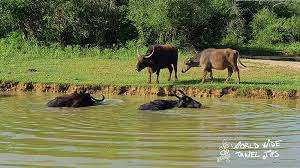
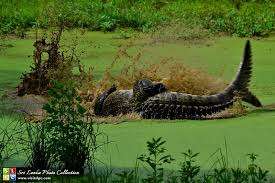








Vegetation and Ecosystems
Yala National Park showcases a range of ecosystems, each supporting distinct vegetation and plant species. The park’s flora includes dry monsoon forests, thorny scrublands, grasslands, and freshwater and marine wetlands. This diversity of ecosystems contributes to the overall richness and resilience of the park’s biodiversity.
Topographical Features
Beaches
Yala National Park is home to some of Sri Lanka’s most pristine and picturesque beaches. Visitors can relax on the golden sands, soak up the sun, and enjoy the mesmerizing views of the Indian Ocean. The beaches within the park offer a tranquil escape and are a perfect complement to the wildlife experiences.
Lakes and Lagoons
Numerous lakes and lagoons dot the landscape of Yala National Park. These water bodies provide essential habitats for a wide variety of aquatic species, including birds, reptiles, and amphibians. The serene beauty of the lakes and lagoons adds to the overall charm and allure of the park.
Scrublands and Jungles
The park’s scrublands and jungles are home to a diverse range of flora and fauna. Dense forests, interspersed with thick undergrowth, create an enchanting ambiance for visitors. Exploring these vibrant ecosystems offers an opportunity to witness the wonders of nature up close.


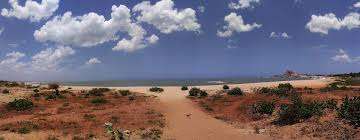
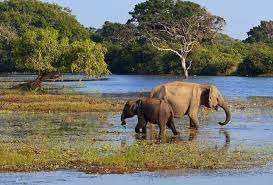
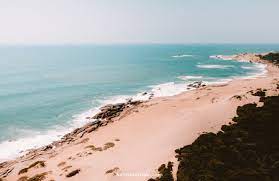
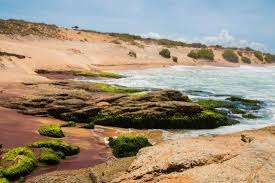
Best Time to Visit Yala National Park
The best time to visit Yala National Park is between February and July when the park’s wildlife is most active and visible. During this period, vegetation is relatively dry, making it easier to spot animals. It is advisable to check the weather conditions and plan your visit accordingly to make the most of your safari experience.
Safari Experience in Yala National Park
A safari in Yala National Park is an adventure like no other. Visitors can embark on thrilling jeep safaris led by experienced guides who are well-versed in the park’s wildlife and ecosystems. The safaris offer an opportunity to witness the majestic elephants, elusive leopards, and a myriad of other animals in their natural habitats.


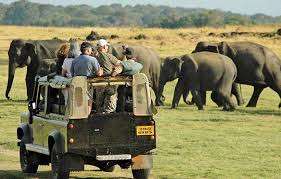
Conservation Efforts and Sustainability
Yala National Park is committed to the conservation of its diverse wildlife and ecosystems. Efforts are being made to promote sustainable tourism practices, minimize human-wildlife conflicts, and preserve the park’s natural resources. Visitors are encouraged to adhere to park regulations and support these conservation initiatives.
Cultural Significance of Yala National Park
Yala National Park holds great cultural significance and is intertwined with the country’s rich heritage. The park is home to ancient archaeological sites, such as Sithulpawwa and Magul Maha Viharaya, which showcase the historical importance of the region. Exploring these cultural landmarks adds depth to the overall experience of visiting Yala National Park.
Nearby Attractions
Yala National Park is surrounded by other captivating attractions that are worth exploring. Some popular nearby destinations include the historic city of Kataragama, the Bundala National Park known for its migratory bird species, and the idyllic Kirinda Beach. These attractions offer diverse experiences that complement a visit to Yala National Park.
Accommodation Options
Yala National Park offers a range of accommodation options to suit different preferences and budgets. From luxurious safari lodges to cozy eco-lodges and campsites, visitors can choose the type of accommodation that best suits their needs. Staying within the park allows for an immersive experience in the wilderness.
Safety Tips for Visitors
While visiting Yala National Park, it is essential to prioritize safety for both yourself and the wildlife. Some key safety tips include following the instructions of your guide, maintaining a safe distance from animals, not feeding or provoking them, and respecting the park’s rules and regulations. By being responsible visitors, we can ensure a safe and enjoyable experience for everyone.
Conclusion
Yala National Park offers an incredible opportunity to immerse oneself in the beauty of nature and witness the wonders of Sri Lanka’s wildlife. From the iconic leopards to the vibrant birdlife and captivating landscapes, the park has something to offer every nature enthusiast. By exploring Yala National Park, visitors contribute to its conservation and preservation, ensuring that future generations can also experience its awe-inspiring beauty.
FAQs (Frequently Asked Questions)
Is Yala National Park open throughout the year?
Yes, Yala National Park is open year-round. However, some areas may be closed during certain periods for maintenance or wildlife conservation purposes. It is advisable to check the park’s official website or contact the authorities for up-to-date information before planning your visit.
Can I see leopards in Yala National Park?
Yes, Yala National Park is renowned for its leopard population, and there is a good chance of spotting these elusive creatures during your visit. The park is home to a high density of leopards, making it one of the best places in the world to observe these magnificent big cats in their natural habitat.
Are there any restrictions on photography in the park?
Photography is allowed in Yala National Park; however, there are certain restrictions to ensure the well-being of the wildlife and the park’s conservation efforts. It is important to follow the guidelines provided by your guide or the park authorities regarding photography and respect the animals’ space.
What should I bring on a safari in Yala National Park?
When going on a safari in Yala National Park, it is recommended to bring essentials such as sunscreen, insect repellent, a hat, comfortable clothing, binoculars, a camera with extra batteries, and drinking water. It is also advisable to wear muted colors to blend in with the surroundings and avoid disturbing the wildlife.
How can I contribute to the conservation of Yala National Park?
You can contribute to the conservation of Yala National Park by practicing responsible tourism. This includes following park rules and regulations, respecting the wildlife and their habitats, minimizing your environmental footprint, and supporting local conservation initiatives. By being mindful of your actions, you can help preserve the park’s natural beauty for future generations.

